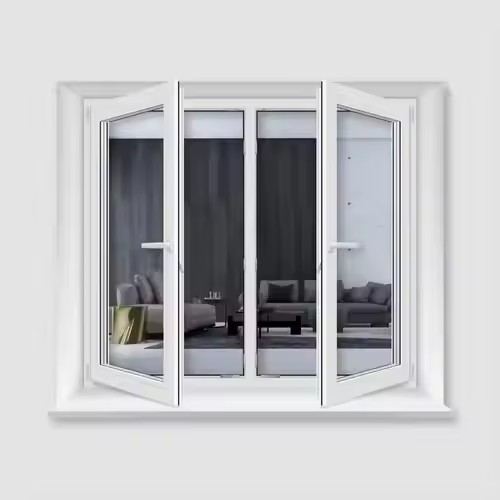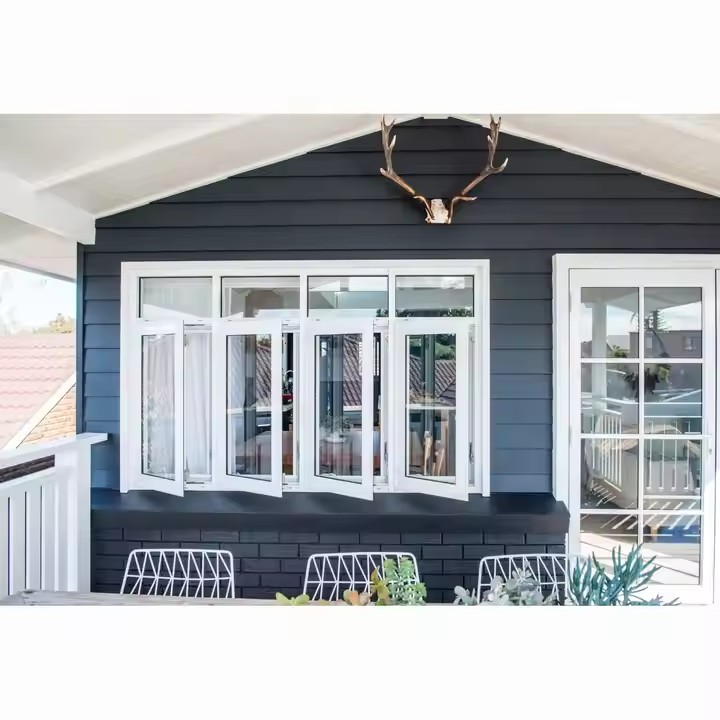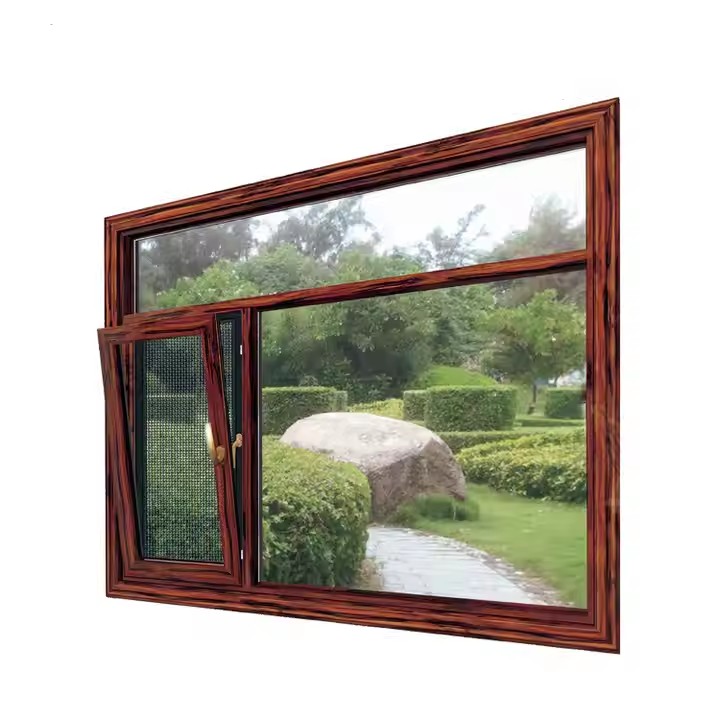Precise Traffic Acquisition: Multi-Channel Penetration Based on Search Intent
Online traffic acquisition for Australian doors and windows should be structured around the consumer decision-making journey, building a layered advertising system. From a keyword strategy perspective, focus on long-tail keywords combining location + functionality, such as “energy-saving windows Melbourne” or “custom windows Brisbane.” These keywords match consumer search habits while targeting users with real purchasing intent.
Google Shopping ads should serve as the core channel, especially since 65% of Australian consumers plan to purchase home improvement products online. Highlight product energy ratings, price ranges, and local stock availability. Data shows that Shopping ads with detailed parameter information achieve CTRs (click-through rates) over 40% higher than standard text ads. For the overall online ad system, thorough market research is necessary.
Social media advertising should differentiate between brand awareness and conversion-driven traffic. On Facebook and Instagram, targeting Millennials and Gen Z potential customers, collaborate with local home décor influencers (e.g., @home beautiful au) to create “before-and-after window transformation” content. Use hashtags like #AustralianHomeDesign and #EcoLiving. Such content not only showcases real-life product effects but also stimulates renovation demand. For users with clear intent, run conversion-focused ads offering “free measurement + 3D design plans” that lead directly to booking pages, shortening the decision path.
Platform channel strategy should balance traffic volume and conversion efficiency. Amazon Australia, the top choice for 24% of home improvement shoppers, is suitable for standardized product lines, leveraging its Home Improvement category traffic for organic exposure. Meanwhile, the brand’s official website should emphasize customized services. Using Shopify, build a parameter-based product display system with Geolocation plugins that automatically detect the user’s region and show city-specific stock, delivery times, and installation services, enhancing localized experiences. New platforms like Temu can serve as clearance channels via time-limited discounts to attract price-sensitive consumers, but due to low user loyalty, they should not be treated as core sales channels.

Conversion Efficiency Optimization: From Information Transparency to Experience Reconstruction
The biggest barrier to online conversion for windows and doors is the consumer’s inability to directly perceive product performance and installation effects. Technology should be used to reconstruct the online experience.
At the product display level, create a dual system: “parameterized + scenario-based.”
Parameterization: Highlight compliance with Australian standards such as AS 1288 (acoustic), AS 2047 (safety), and WERS energy ratings. Following EU research, place the energy efficiency label directly under the main product image—studies show displaying efficiency info early increases the likelihood of choosing energy-saving products by 35%.
Scenario-based: Use AR technology to develop a “virtual installation” function, where users upload floor plans to generate 3D visualizations of installed windows and doors. Weather simulations can demonstrate insulation and noise reduction performance, reducing decision uncertainty through immersive experiences.
Shopping process optimization must tackle high cart abandonment. With Australia’s home improvement e-commerce cart abandonment rate at 67%, checkout pages should include three safeguards:
Logistics promise: “Direct dispatch from local warehouse, Sydney/Melbourne next-day delivery.”
Service assurance: “Free returns + installation guarantee.”
Support pop-up: “1-on-1 consultant support” with real-time Q&A.
Payment should support local installment methods like Afterpay, breaking down large payments into smaller monthly installments. Data shows installment options can raise average order values by over 20%.
Conversion path design should follow the logic “Need – Trust – Action.”
Homepage: Offer navigation by “House Type” (for new builds) and “Problem-Solving” (e.g., poor insulation, high energy bills).
Product pages: Include three key modules—Material Comparison, Performance Testing, Installation Cases. Use video to showcase tests for wind resistance and airtightness, which are more convincing than text descriptions.

Booking forms: Simplify to four fields—Name, Phone, Region, Renovation Stage. A dedicated consultant can collect detailed needs later, preventing user drop-off from overly long forms.
Service Loop Construction: Localized Operations as Core Competitiveness
Windows and doors require measurement and installation services, making localized service capacity critical to online sales efficiency. In major cities like Sydney, Melbourne, and Brisbane, establish localized service centers combining showroom + warehouse + installation team to deliver a seamless service loop: online booking – onsite measurement – fast installation.
Measurement service should guarantee “1-hour response, 24-hour visit.” Surveyors equipped with tablets can generate 3D designs and quotes on-site. This “instant feedback” model greatly improves satisfaction—data shows providing on-site plans boosts conversion rates by 50%+.
Standardized installation is essential for word-of-mouth. Implement SLA service standards:
Pre-installation: Send “Preparation Checklist” detailing site protection measures.
During installation: Follow “dust-free operations” to minimize disruption.
Post-installation: Provide a “Warranty Manual” covering 5-year frame warranty and 2-year glass warranty.
All service stages should be recorded in a CRM system, creating customer “service files.” This not only supports after-sales follow-up but also generates success stories for customer testimonials, feeding back into online lead generation.
After-sales experience should focus on long-term relationships:
Within 72 hours post-installation: Conduct phone follow-up to collect feedback and resolve issues.
After 3 months: Send “Window Maintenance Guide” with discount coupons to encourage repeat or referral purchases.
Annually: During energy assessment season, offer “Free Window Energy Efficiency Check.”
This “full lifecycle” service model builds loyalty—studies show repeat customers in home improvement have a conversion rate 3× higher than new customers, while acquisition costs drop by 60%.

